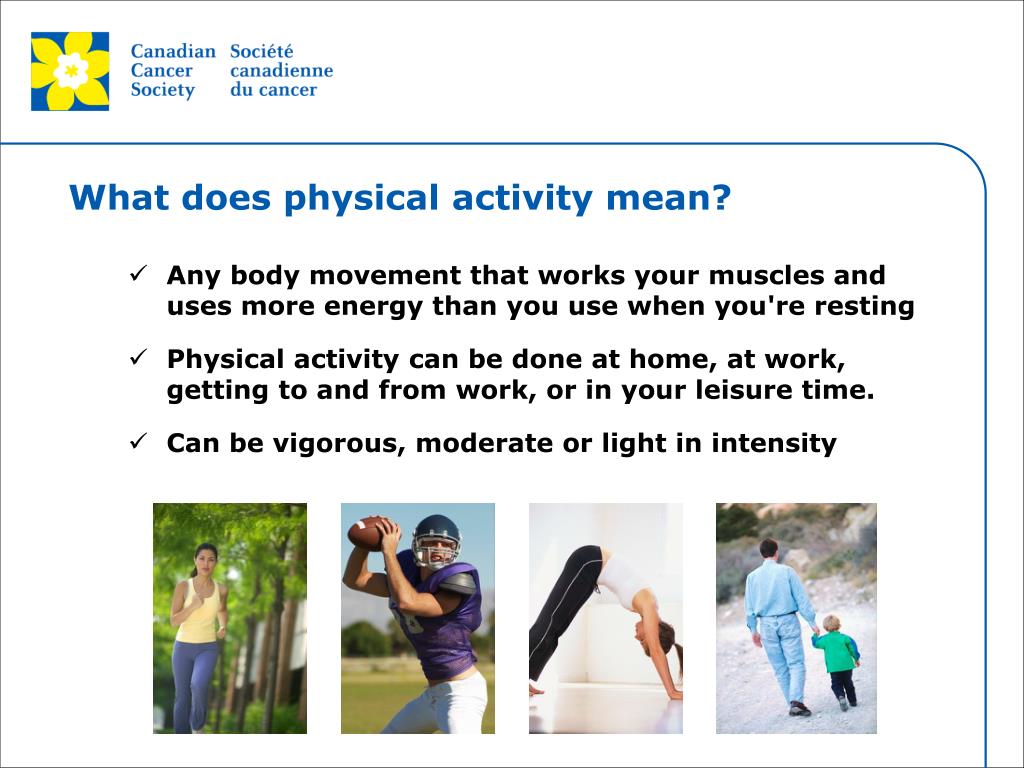

Female employees with leisure-time physical activity (LTPA) for ≥150 min/week had lower risk of overweight/obesity than those with LTPA for <150 min/week (OR 0.69, 95% CI 0.56–0.84). The risk of overweight/obesity of male employees with active transportation mode was lower than those with inactive transportation mode (OR 0.91, 95% CI 0.84–0.99), while the risk of overweight/obesity of female employees with active transportation mode was higher (OR 1.14, 95% CI 1.04–1.25).

Male employees with moderate and heavy occupation activity intensity had a lower risk for overweight/obesity than those with light occupation activity intensity (moderate: OR 0.90, 95% CI 0.82–0.98 heavy: OR 0.75, 95% CI 0.65–0.86), and the risk of overweight/obesity of male employees with long work-time spent sitting was higher than those with short work-time spent sitting (2–4.9 h/day: OR 1.26, 95% CI 1.14–1.40 ≥5 h/day: OR 1.29, 95% CI 1.15–1.44). Results: The prevalence of overweight/obesity based on the WHO definition and the WGOC definition was 30.8% and 41.3%, respectively. A logistics regression model was used to examine the associations of physical activity and sitting time with overweight/obesity by gender after adjusting for age, educational level, marital status, and family economic level. Methods: A total of 23,112 participants were selected from the 2010–2012 China National Nutrition and Health Survey (CNNHS). Abstract: The aim of this study was to explore association of physical activity and sitting time with overweight/obesity in Chinese occupational populations for the development of intervention and prevention strategies for obesity.


 0 kommentar(er)
0 kommentar(er)
